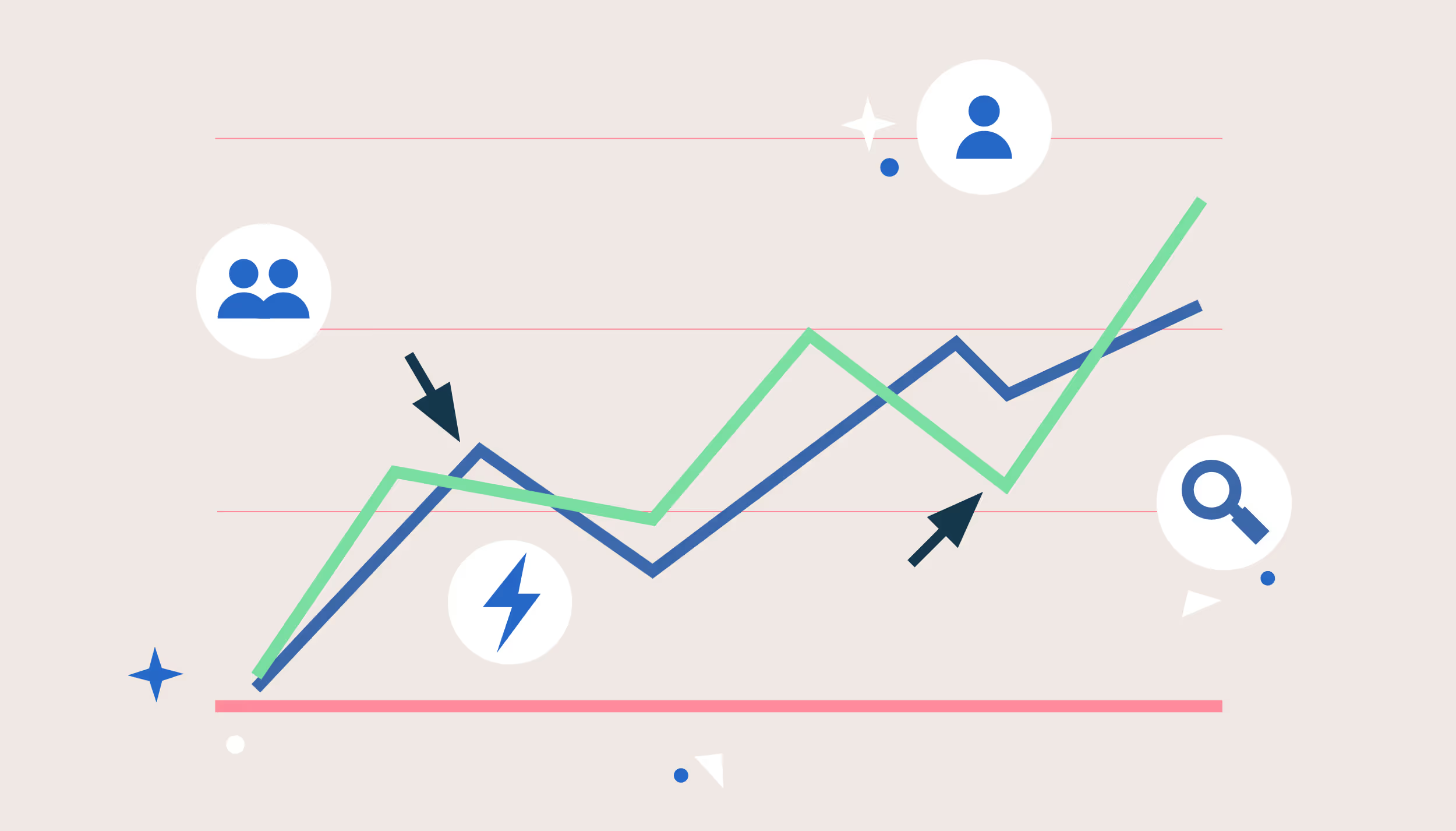6 Benefits of a Collaborative Approach to Analytics and BI
Table of Contents

If two heads are better than one, what can we expect from five, ten, or more? A collaborative approach to analytics that brings together the skills, experiences, and knowledge of people in a variety of roles delivers benefits to the organization and to individual team members. The opportunities for insights multiply as you bring more minds to bear on a given problem.
Companies are beginning to realize the value of collaboration. Ventana Research discovered that nearly four in 10 organizations are using collaboration to support analytics processes — and more than half said they expect to use these capabilities in the future. Let’s look at six of the most meaningful benefits of collaborative analytics.
Discover available data
Datasets are typically spread out across various systems and sources in an organization. It can be difficult for team members to know what data is available to them without collaboration. Working together to eliminate data silos ensures no valuable data is undiscovered or overlooked.
Because data is being generated in large quantities at a rapid pace from disparate sources, this benefit compounds as people from a variety of departments and roles get involved in the data analytics process. Sales and Customer Success are able to identify data hiding in CRMs and service software. The Operations team knows what’s available in the ERP. Marketing can see what data is being gathered from their social media campaigns and user-generated content. When people in a variety of roles are involved in data analytics, an organization is able to identify the valuable data they have.
Better use available data
Beyond discovery of data, collaboration allows you to make better use of the data you have. Up to 73% of all enterprise data goes unused. The reasons for this failure to use data are many, but one of the biggest is that teams aren’t even sure what data is relevant to a given question. When collaboration happens between people in a variety of roles who understand the meaning of the data, a larger percentage of relevant data will be put to use.
Maximize domain experts’ knowledge
Domain experts need insights to lead their teams, and they typically need in-depth answers. Their on-the-ground experience leads them to ask highly-valuable follow-up questions that people without this proximity wouldn’t know to ask. When the data team and domain experts work together, each one’s expertise builds upon the other’s. Practically, this means that domain experts without technical knowledge should be able to use collaborative analytics software to participate in the data modeling process, take advantage of pre-built templates, conduct queries, and create visualizations — without knowing code or having to rely on the data team to build them a custom dashboard or run a report.
Get more accurate answers to the “why” questions
Another reason that organizations often fail to get the most from their data is that domain experts aren’t involved in the data analytics process. Data analysts are looking at data and making interpretations and predictions, but they aren’t close to the real-world situations behind the data. Collaboration on the “why” questions can prevent costly errors when analysts may otherwise make incorrect assumptions.
Achieve faster speed to insight
Collaboration means that multiple people are working toward a goal simultaneously. The faster you bring together relevant knowledge and helpful perspectives, the faster your speed to insight. Most often, the value of an insight comes with an expiration date. Opportunities have timelines and problems can only languish so long before costs start to accumulate. In a world where your competitors are also taking advantage of data insights, speed can make all the difference in successful product development, market launches, improving operational efficiencies, and myriad other business processes.
Learn more about how you can increase your speed to insight by watching our on-demand webinar, Ready Set, ROI, with E. W. Scripps.
Generate curiosity and encourage people to look for new insights
Insights are contagious. When a team member learns something that impacts their success in a major way, they can’t help but get curious about what other insights are out there waiting to be discovered. When given the ability to participate, team members across the organization are motivated to share their input and look for new insights. Curiosity promotes a culture of innovation and new discoveries, which are invaluable to an organization.
These benefits are just a few of the reasons that so many companies are pursuing collaborative analytics. In an age where true innovation is becoming more challenging and technology is becoming accessible to companies of all sizes, organizations are seeking a competitive advantage in their ability to generate insights quickly. And collaborative analytics delivers.
Find out what holds companies back from true collaboration, what to look for in collaborative analytics software, and how to build a collaborative in our Definitive Guide to Collaborative Analytics.












